Disgust is one of the six basic human emotions, along with happiness, sadness, fear, anger, and surprise. Disgust typically arises when a person perceives a sensory stimulus or situation as revolting, off-putting, or unpleasant in other ways.
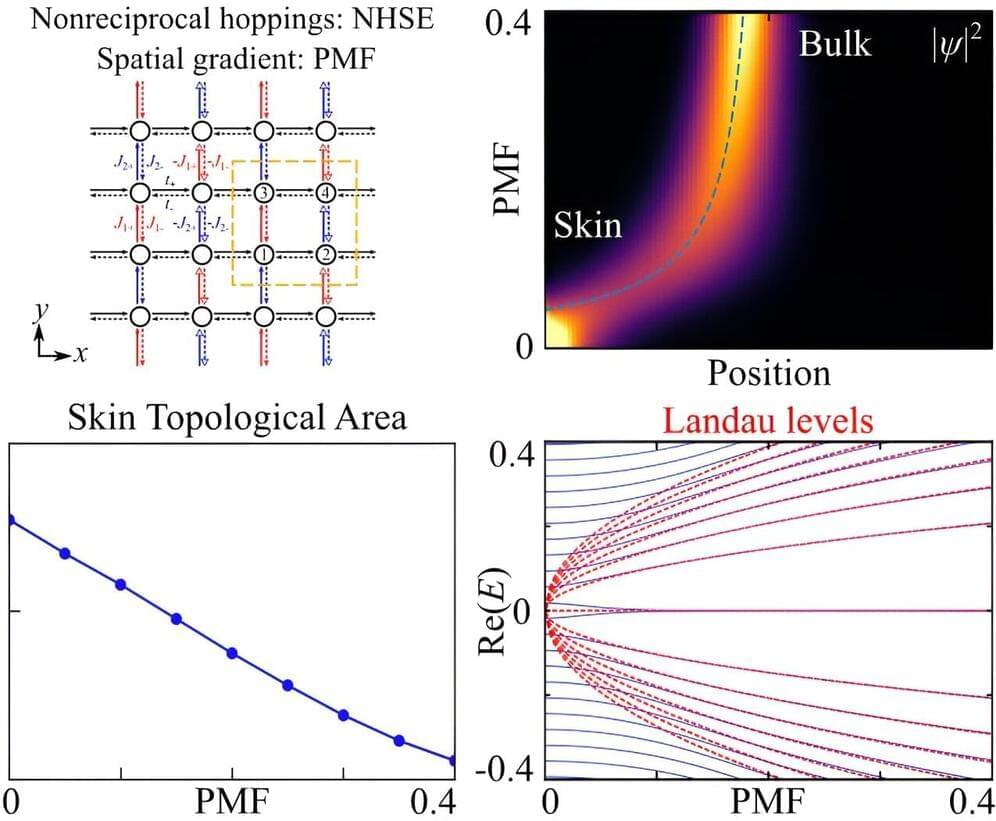


Researchers at the University of Bristol have made an important breakthrough in scaling quantum technology by integrating the world’s tiniest quantum light detector onto a silicon chip. The paper, “A Bi-CMOS electronic photonic integrated circuit quantum light detector,” was published in Science Advances.

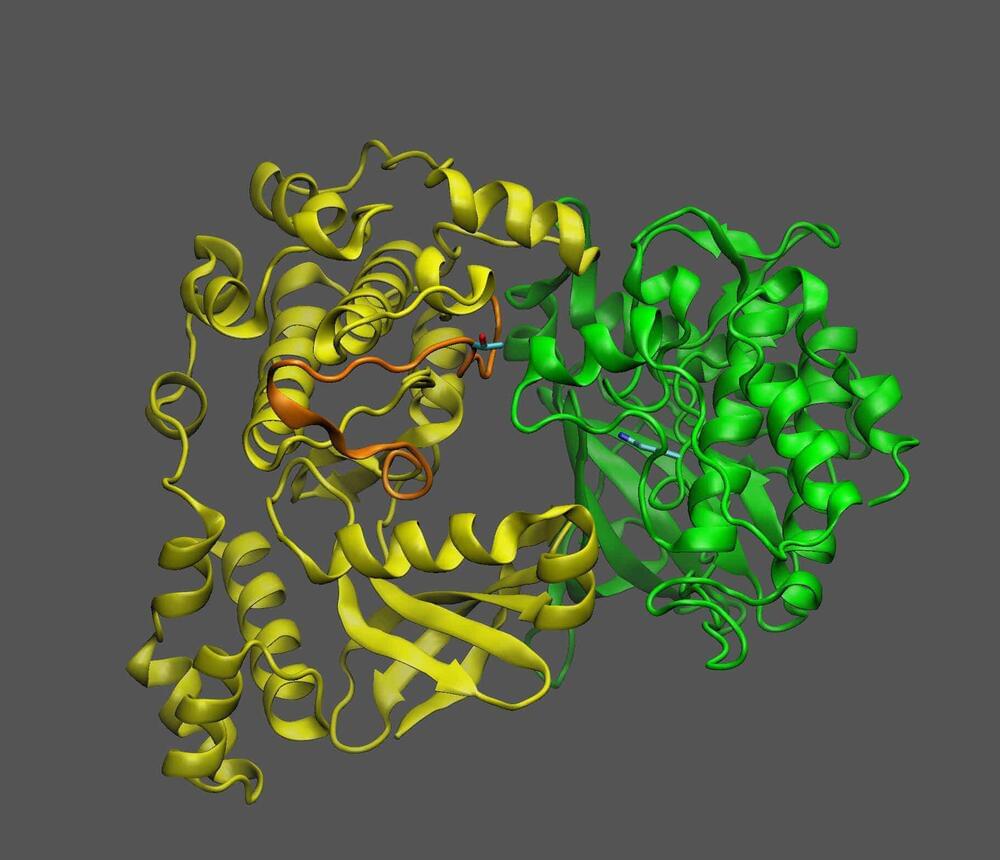
Proteins are molecular machines, with flexible pieces and moving parts. Understanding how these parts move helps scientists unravel the function a protein plays in living things—and potentially how to change its effects. Biochemists at the U.S. Department of Energy’s (DOE) Brookhaven National Laboratory and colleagues at DOE’s Pacific Northwest National Laboratory (PNNL) have published a new example of how one such molecular machine works.
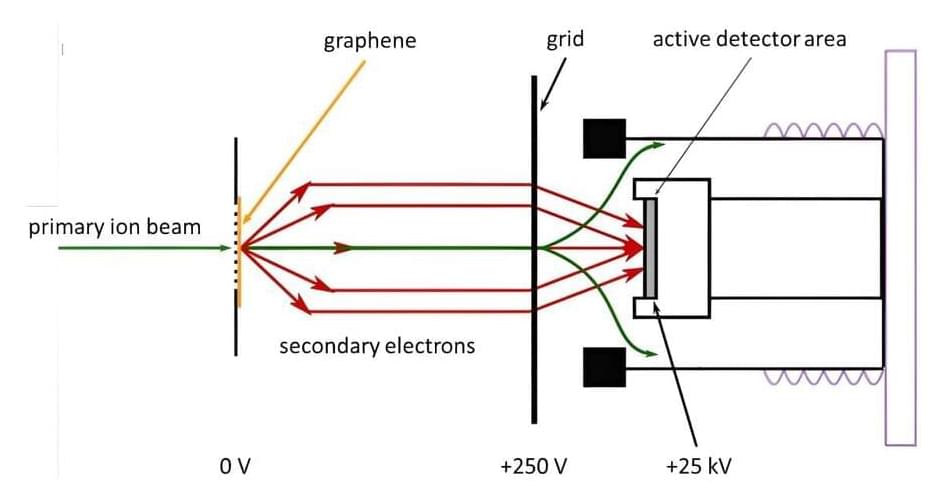
Two-dimensional materials such as graphene promise to form the basis of incredibly small and fast technologies, but this requires a detailed understanding of their electronic properties. New research demonstrates that fast electronic processes can be probed by irradiating the materials with ions first.


Floating photovoltaics (FPV), also known as floating solar farms, are photovoltaic systems that can be deployed on the sea’s surface or on other bodies of water. While their environmental impact is still the topic of debate worldwide, these systems could be highly advantageous for generating renewable energy, particularly in warm regions where available land is scarce or costly.
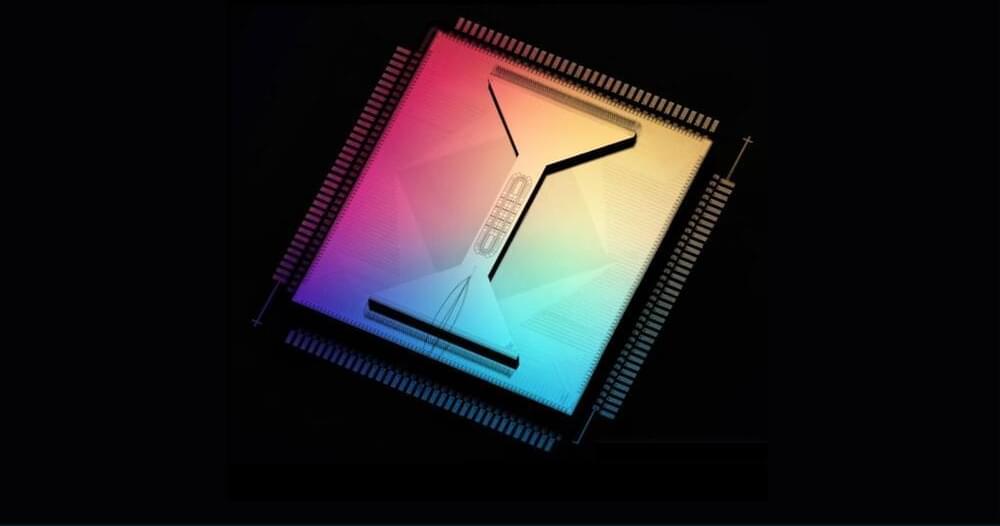
For quantum computers to go from research curiosities to practically useful devices, researchers need to get their errors under control. New research from Microsoft and Quantinuum has now taken a major step in that direction.
Today’s quantum computers are stuck firmly in the “noisy intermediate-scale quantum” (NISQ) era. While companies have had some success stringing large numbers of qubits together, they are highly susceptible to noise which can quickly degrade their quantum states. This makes it impossible to carry out computations with enough steps to be practically useful.
While some have claimed that these noisy devices could still be put to practical use, the consensus is that quantum error correction schemes will be vital for the full potential of the technology to be realized. But error correction is difficult in quantum computers because reading the quantum state of a qubit causes it to collapse.
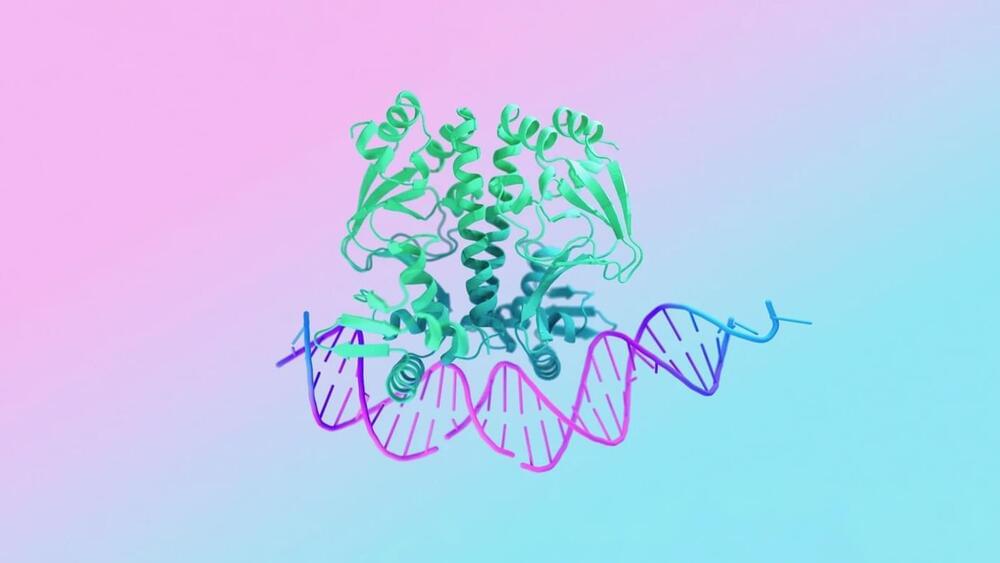

In March, we saw the launch of a “ChatGPT for music” called Suno, which uses generative AI to produce realistic songs on demand from short text prompts. A few weeks later, a similar competitor— Udio — arrived on the scene.
I’ve been working with various creative computational tools for the past 15 years, both as a researcher and a producer, and the recent pace of change has floored me. As I’ve argued elsewhere, the view that AI systems will never make “real” music like humans do should be understood more as a claim about social context than technical capability.
The argument “sure, it can make expressive, complex-structured, natural-sounding, virtuosic, original music which can stir human emotions, but AI can’t make proper music” can easily begin to sound like something from a Monty Python sketch.